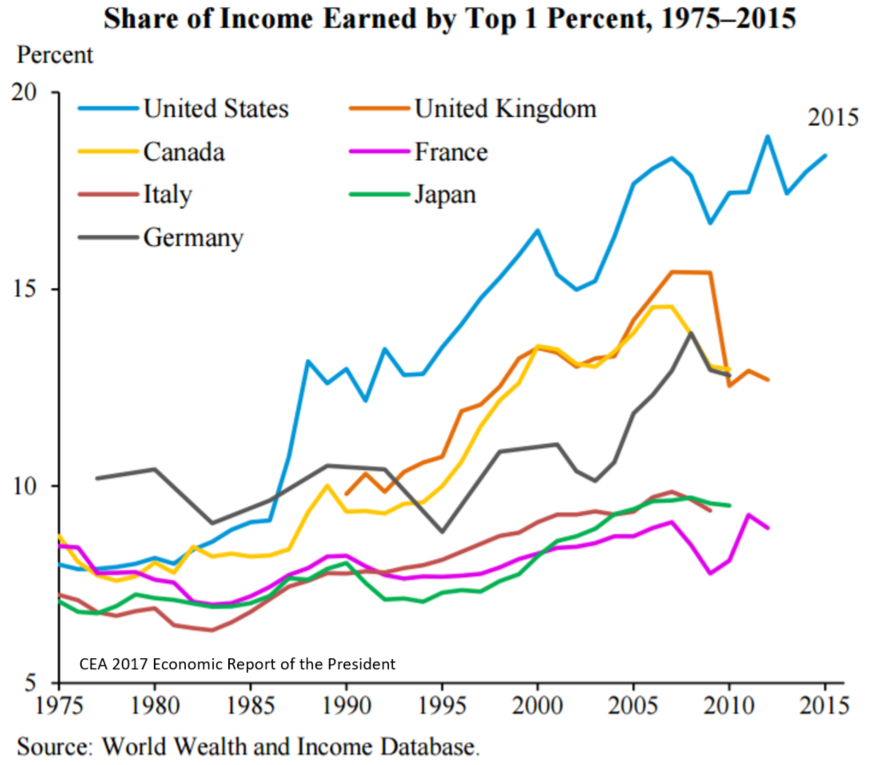Now let’s establish something; I am an average writer. Writing is neither a particularly strong talent nor a passion for me. As a psychology major, who aspires to attend dental school, writing isn’t a particularly emphasized topic––sciences, like chemistry, biology, and physics, are the primary prerequisites. Nevertheless, it is a subject that all undergraduates need to take.
My first post is derived from a six-page essay about the regression of society as a result of the current income inequality, which can be solved through education. Drafting that synthesis assignment proved difficult for me because of the connection I wanted to make between the harms of income inequality and the importance of education. My solution to the problem came with the understanding of what income inequality means in terms of the current social structure in the United States.

The few outweigh the many…
Immediately following World War II, the United States had three established social classes: the upper, middle, and lower classes. Essentially, this created a gradient in society ranging from the poor to the wealthy. The establishment of a middle class allowed for greater social mobility up and down the socioeconomic ladder.
That gave me the question, “What was it like before and why was it bad?” In the Middle Ages, society existed as nobility and peasantry, which you’d remember from my last post. I used the past in order to relate the current economic situation and show that the impacts could result in a regression of society.
THAT was my process to write the precursor to my first post. Given the task to revise my synthesis essay into a blog post, I did not know where to start. I essentially had to pare down a 6-page argument into an 800-word blog post.
By far, the hardest part was modifying the tone of the essay into a more casual one. In order to establish the tone, I needed to decide on an audience. For my blog, I envisioned an audience of college or high school students around my age, 19. The benefit of a young adult audience is the ability to use a greater vocabulary and more laid-back tone in my blog.
My first step into creating my blog post from my synthesis essay was to reverse outline. Reverse outlining is pulling the main idea from each paragraph to see how it relates to the thesis. This step proved helpful in condensing all of the information I needed into single sentences.
The next step was to take those sentences and combine them into related topics, like education and the dying middle class, in order to establish a general direction for the material. Then the use of meta-commentary and summarization helped to expand on the “skeletal structure” of the paper. Essentially, I elaborated on and connected the main ideas to each other to create a succinct argument.

The beginning of my blog
The easiest part was finding media to supplement my argument and reinforce the casual tone. I had a good laugh trying to find a gif for the paragraph about the regression of society to the Middle Ages.
In short, everything you just read was my process in adapting a long, boring, and (hopefully) good synthesis essay into a succinct, fun, and amazing argument/blog post. I hope you enjoyed it!







